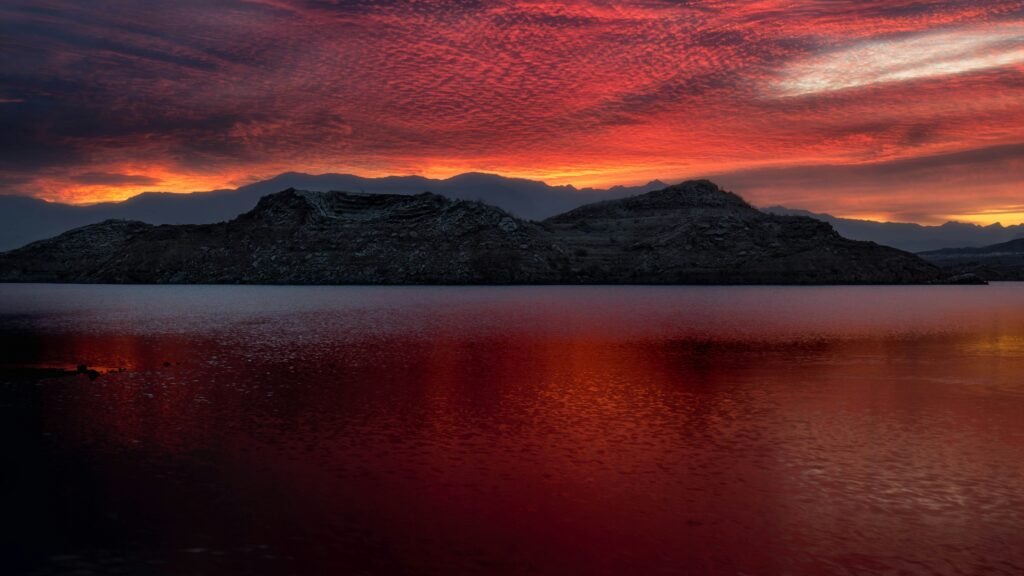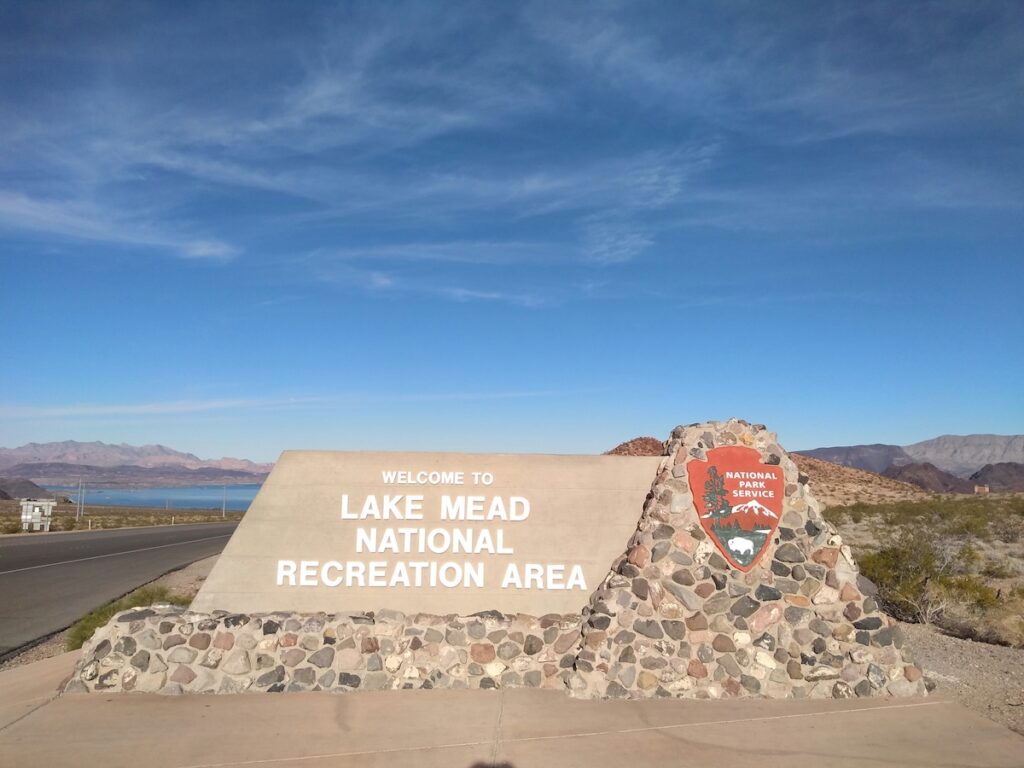Nestled between rugged mountains and slot canyons is Lake Mead.
While it is one of the most popular national parks in the United States, Lake Mead, at the same time, has the infamous reputation of being the deadliest national park in the country.
The park’s rugged geography and extreme climate contribute to its high risk of accidents and fatalities.
More people have died at Lake Mead than at any other national park in the country, according to National Park Service data. Between July 2013 and July 2023, 203 deaths took place at this National Recreation Area, most of them from drowning. Lake Mead has one of the highest drowning rates among all national parks in the United States.
Fatalities from car crashes and suicides have also been recorded.
Swimming is the deadliest activity by far. Weather conditions often cause the lake’s water level to fluctuate significantly, creating strong currents. This, coupled with rapid winds, large swells, and undertows, can pose a threat to even the strongest swimmers.
There are usually no lifeguards on duty in the entire lake area.
In many cases, a significant temperature difference between the water and the surrounding environment has contributed to fatalities. Carelessness by many visitors, such as swimming or boating without wearing life jackets, has often resulted in tragedy.
Boating accidents at Lake Mead can unfortunately lead to many fatalities. It’s important to be cautious, as excessive speed, alcohol consumption, and inexperience behind the wheel can result in tragic outcomes. The lake’s tranquil waters might be misleading, especially with sudden weather changes. Unexpected storms can make conditions dangerous for boaters, bringing high winds and choppy waters that could lead to accidents.
Road conditions in the park area are challenging due to the rugged terrain and winding paths. Sharp turns and low road visibility result in accidents, particularly for bikers.
The hiking trails can also be dangerous if you are not well-prepared. The desert climate can lead to extreme dehydration. Therefore, carrying and drinking enough water during hiking or cliff diving is strongly recommended.
If you plan to visit Lake Mead during the summer, be ready for some intense heat, with temperatures soaring above 43°C. Just keep in mind that this can increase the risk of heat strokes, so take care of yourself while enjoying the beautiful surroundings!
The park is located in a secluded area, making it very difficult to receive immediate medical attention in case of an emergency. This is another crucial factor contributing to the park’s high fatality rate.
Lake Mead National Recreation Area — which is its official name — is located approximately 30 miles east of Las Vegas in the state of Nevada. The area stretches across southeastern Nevada and northwestern Arizona.
It is easily accessible by car. The Boulder City entrance is about a 30-minute drive from Las Vegas. Many tour companies in Vegas offer day trips to Lake Mead. Helicopter rides are also available.
Lake Mead’s history is truly fascinating, stretching all the way back to the 1930s! This incredible lake is a giant man-made reservoir that was formed by the construction of the Hoover Dam on the beautiful Colorado River. Covering over 247 square miles, it boasts a stunning shoreline that extends more than 550 miles. It’s named in honour of Elwood Mead, who was the commissioner of the US Bureau of Reclamation at the time. Over the years, this area has lovingly come to be known as the Hoover Dam and Lake Mead National Recreation Area.
The reservoir supplies water to nearly 20 million people and large areas of farmland across the states of Nevada, Arizona, and California as well as parts of Mexico.
With 1.5 million acres of varied landscapes and more than 750 miles of shoreline to explore, Lake Mead has become a popular destination among tourists. There are plenty of activities to choose from, including boating, fishing, and other water sports.
America’s first and largest national recreation area actually has two lakes as the central focus – Mead and Mohave. Lakes Mead and Mohave offer some of the country’s best fishing spots. You can catch glimpses of rainbow trout, catfish, sunfish, crappie, and a variety of bass. You can rent a canoe or paddle boat to explore the coves and beaches that can only be reached by small watercraft. Or you can opt for jet skiing for a bit of adrenaline rush! Self- guided tours with a clear-bottomed kayak to enjoy a wet and wild adventure are also available.
The area’s rugged and dry desert landscape and towering stark mountains are perfect for biking and hiking. The Historic Railroad Trail, with gigantic tunnels, and the River Mountains Loop Trail, with panoramic views of the Las Vegas valley, are a must visit.
Lake Mohave has beautiful sandy beaches and deep canyons. Willow Beach and Cottonwood Cove are two favourite spots for tourists.
You can also spend your day by just relaxing and taking in the sights of the diverse scenery and enjoy a quiet lunch on one of the lakeshore picnic areas with tables, water, fire grills and restrooms.
If you prefer camping or staying in a tent under the stars, there are multiple campgrounds.

Lake Mead holds a few unique surprises. Several shipwrecks and submerged relics have been found under the lake. The most famous is a Boeing B-29 Superfortress bomber from the time of World War II. Sunken cities and some decades-old human remains have also been discovered.
Lake Mead is home to a diverse wildlife with a variety of unique plants and animals including the razorback sucker fish, which is native to this area. Bighorn sheep, coyotes, mountain lions, bald eagles, and a large population of reptiles, amphibians and over 200 species of birds can also be found here.
The best time to visit Lake Mead is during March to May or from September to November. The weather remains favourable with milder temperatures, making outdoor activities much more enjoyable. Winter is pleasant but water activities remain limited.
It might seem a bit surprising that Lake Mead remains popular among tourists despite its dangers. It’s like a rare oasis in the middle of the Mojave Desert and draws millions of visitors every year. Tourists love the place for its rugged beauty and unique recreational activities.
Lake Mead National Recreation Area boasts of striking contrasts – pristine scenery and hidden danger. But for visitors who are well-informed and prepared, the park is not dangerous—just wild and thrilling!





